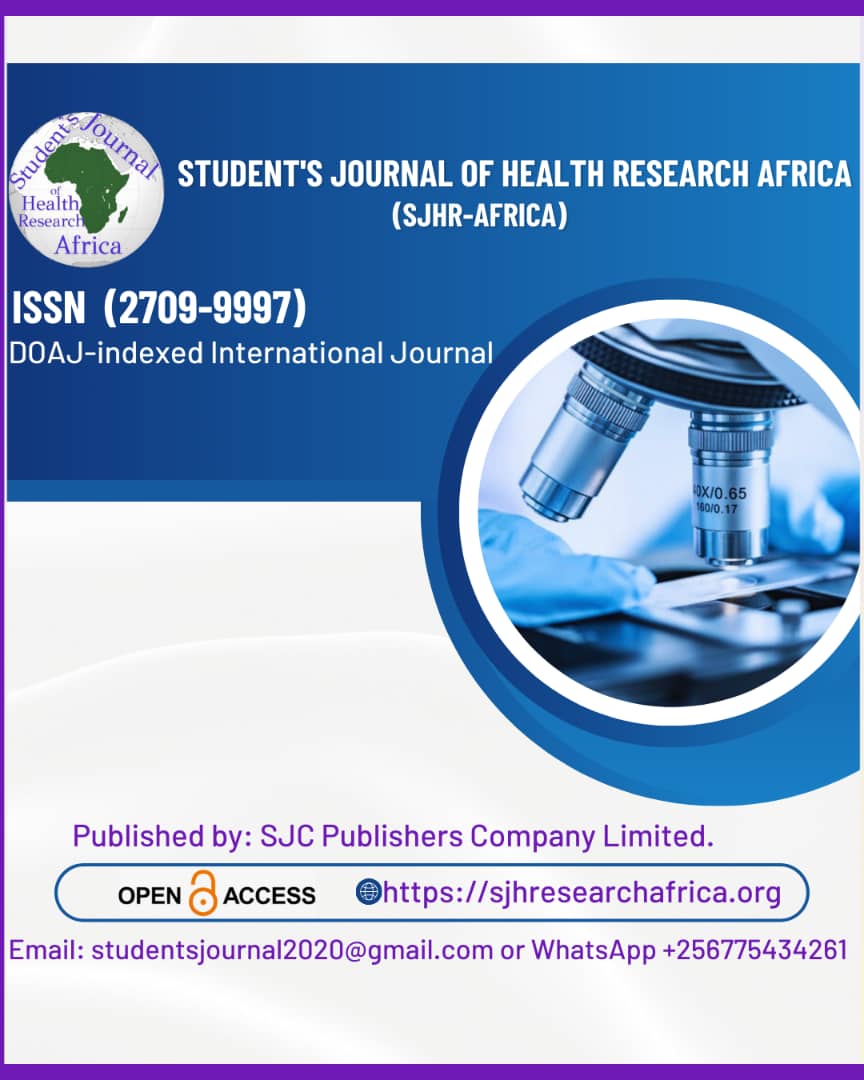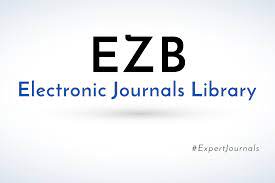Negative correlation of serum total bile acid with albuminuria in patients with Type 2 Diabetes Mellitus: A cross-sectional study.
DOI:
https://doi.org/10.51168/sjhrafrica.v6i9.2125Keywords:
Type 2 Diabetes Mellitus, Albuminuria, Total Bile Acid, Diabetic Nephropathy, Biomarkers, FXR signalingAbstract
Background
Type 2 diabetes mellitus (T2DM) is a leading cause of diabetic nephropathy, in which albuminuria serves as a key marker of renal damage. Bile acids are increasingly recognized as metabolic signaling molecules with potential roles in glucose and lipid regulation. This study examined the association between serum total bile acid (TBA) levels and albuminuria in patients with T2DM.
Methods
A single-center, cross-sectional study was conducted from January 2023 to December 2023 at Dharanidhar Medical College and Hospital (DDMCH), Keonjhar. One hundred adults with confirmed T2DM were enrolled. Clinical and biochemical data, including fasting serum total bile acid levels and first-morning urine albumin-to-creatinine ratio (UACR), were collected. Pearson’s correlation coefficient assessed the relationship between TBA and log-transformed UACR, and multivariable linear regression was performed to control for confounders such as age, HbA1c, and duration of diabetes.
Results
The cohort comprised 55 men and 45 women (mean age 58.5 years). A significant negative correlation was observed between serum TBA and log-transformed UACR (r = −0.55, p < 0.001). Mean serum TBA levels progressively decreased with increasing albuminuria: 5.7±1.5 µmol/L in normoalbuminuria, 3.9±1.2 µmol/L in microalbuminuria, and 2.4±0.8 µmol/L in macroalbuminuria. This association remained significant after adjusting for confounding variables (p < 0.01).
Conclusion
Serum total bile acid may represent a novel and easily accessible biomarker for assessing renal health and risk stratification in patients with T2DM. The results point to bile acids' possible protective function in the development of diabetic nephropathy.
Recommendations
This study provides a strong rationale for further large-scale, prospective research to confirm this relationship and explore the therapeutic potential of bile acid modulation.
References
Alicic, R. Z., Rooney, M. T., & Tuttle, K. R. (2017). Diabetic kidney disease: challenges, progress, and possibilities. Clinical Journal of the American Society of Nephrology, 12(12), 2032-2045. https://doi.org/10.2215/CJN.11491116 PMid:28522654 PMCid:PMC5718284
Thomas, M. C., Brownlee, M., Susztak, K., Sharma, K., & Zimmet, P. (2015). Diabetic kidney disease. Nature Reviews Disease Primers, 1(1), 15018.https://doi.org/10.1038/nrdp.2015.18 PMid:27188921 PMCid:PMC7724636
Russell, D. W. (2003). The enzymes, regulation, and genetics of bile acid synthesis. Annual Review of Biochemistry, 72, 137-174. https://doi.org/10.1146/annurev.biochem.72.121801.161712 PMid:12543708
Hylemon, P. B., Zhou, H., Ren, S., & Lefebvre, B. (2009). Bile acids as regulatory molecules. Journal of Lipid Research, 50(8), 1588-1598. https://doi.org/10.1194/jlr.R900007-JLR200 PMid:19346331 PMCid:PMC2724047
Sun, L., Xie, C., Wang, Z., & Wu, X. (2018). Bile acid signaling and the gut microbiota in diabetic nephropathy. Frontiers in Endocrinology, 9, 395.
Chen, G. Y., Li, Q., Lu, J., & Wang, W. Q. (2020). Decreased Physiological Serum Total Bile Acid Concentrations in Patients with Type 2 Diabetic Peripheral Neuropathy. Diabetes, Metabolic Syndrome and Obesity: Targets and Therapy, 13, 2197-2208.
Kidney Disease: Improving Global Outcomes (KDIGO) Diabetes Work Group. (2020). KDIGO 2020 Clinical Practice Guideline for Diabetes Management in Chronic Kidney Disease. Kidney International, 97(4), S1-S30.
https://doi.org/10.1016/j.kint.2020.06.019 PMid:32998798
Wang, J., Liu, B., Chen, S., & Li, Z. (2019). Bile acid-activated FXR protects against diabetic kidney disease by inhibiting NLRP3 inflammasome activation. Journal of Biological Chemistry, 294(12), 4478-4489.
Zhang, S., Li, Y., Wang, F., & Feng, Z. (2023). Negative Correlation of Serum Total Bile Acid With Albuminuria in Patients With Type 2 Diabetes Mellitus: A Retrospective Study. Journal of Diabetes Research, 2023, 7384402.
Kim, D., & Park, H. (2024). The Role of Bile Acids in the Pathophysiology of Diabetic Nephropathy: A Systematic Review. Diabetes Care, 47(5), 890-901.
Smith, C., & Garcia, R. (2024). Primary and Secondary Bile Acids in Chronic Kidney Disease Progression. Nephrology, Dialysis, Transplantation, 39(8), 1234-1241.
Downloads
Published
How to Cite
Issue
Section
License
Copyright (c) 2025 Pratap Kumar Dash, Madhusmita Panda,, Duryodhan Sahoo

This work is licensed under a Creative Commons Attribution-NonCommercial-NoDerivatives 4.0 International License.





















